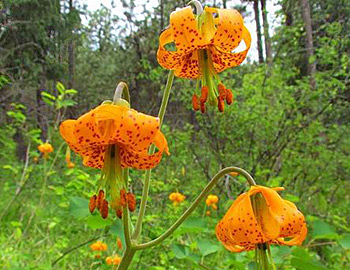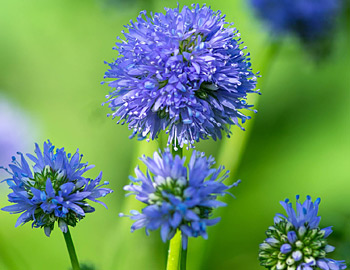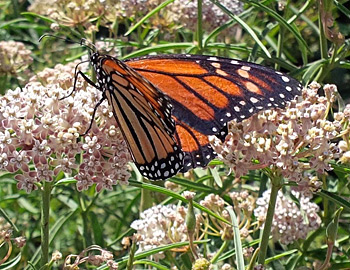POLYCULTURES IN SPACE
In sustainable landscapes, “polyculture” refers to the practice of growing multile species in the same area. In the PNW, there are many examples of polycultures such as coastal forests, wetlands, upland meadows and mountain slopes. In such settings and left to take its own direction, nature finds a way to fill the cracks in any ecosystem. So, how does polyculture work so effectively in a landscape? Hidden from our eyes, plant roots are colonized by a fungus called mycorrhizae. The roots and fungi for complex underground interlaced networks to exchange resources. Mycorrhiza directly translates into “fungus-root,” which refers to the beneficial partnership between the roots of host plants and a fungus. These beneficial fungi colonize plant roots and become a true extension of the root system. Mycorrhizal fungi are very efficient at mining and absorbing nutrients and water in association with roots. They are the microbes that colonize and establish a connection between plants and their soil substrate, helping in production of plant growth hormones, increase nutrient availability and even inhibit root pathogens. Using sunlight and water, plants create sugars and share it with mycorrhizae in exchange for otherwise inaccessible nutrients from the surrounding soil. This is called the root-soil “rhizosphere” where plants get their basic growing needs and protection against environmental stressors as soil particles aggregate around roots by releasing fluid carbohydrates made by leaves. They create soil porosity for soil moisture to penetrate through the ground. A well-functioning soil profile has aggregated soil structure in its rhizosphere.
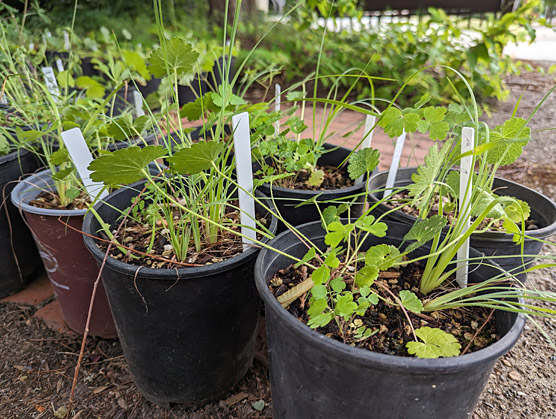
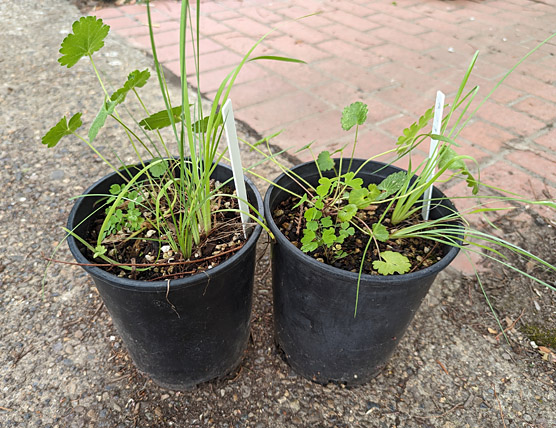
Polycultures, having mutually beneficial and diverse species, aid fluid exchanges emitted through the roots of plants and this naturally promotes the growth of self and kindrid plants. Having a diverse array of plant life is a key to polyculture success v monocultures. Nature is much more collaborative than competitive. Growing together are all these different species of flowering plants attracting pollinators. This positive feedback loop and soil health is like a perpetual motion machine underground. It is the definition of sustainable. Polycultures create our garden galaxies of soil aggregation and plant vigor. Yes, nature is more collaborative than competitive. Our polyculture gallon pots contain various checkermallows, sedums, iris, columbine, blue-eyed grass, camas, and other species that create and inhabit similar meadows in western Oregon.


